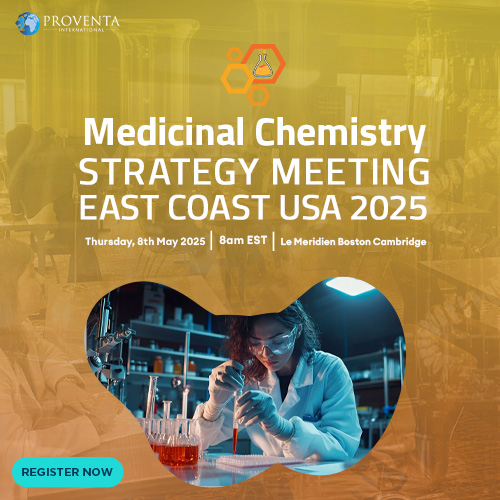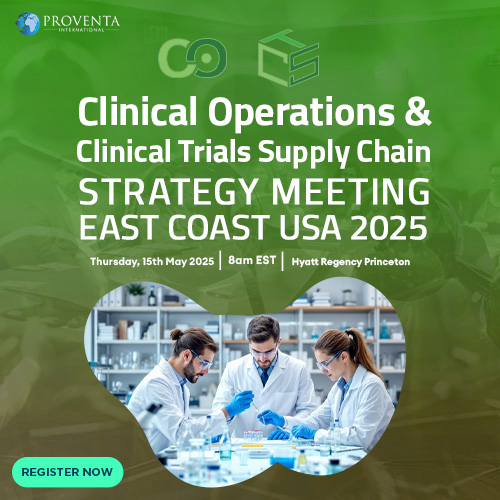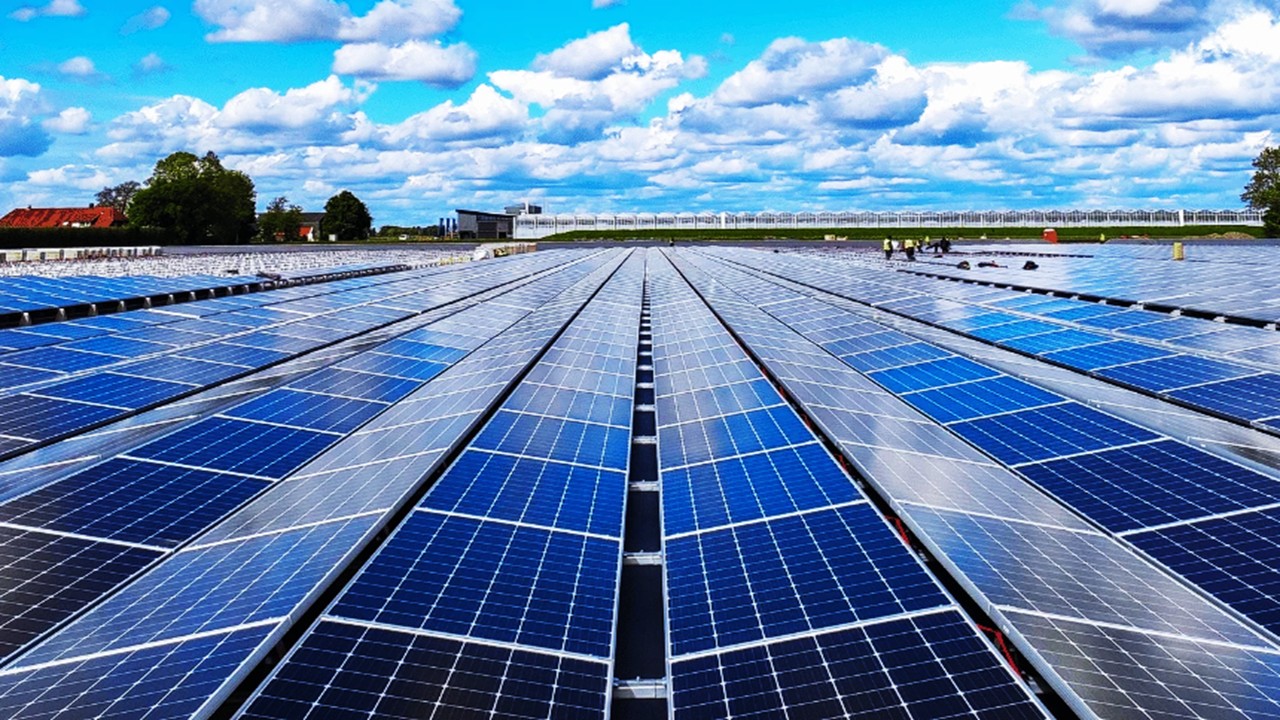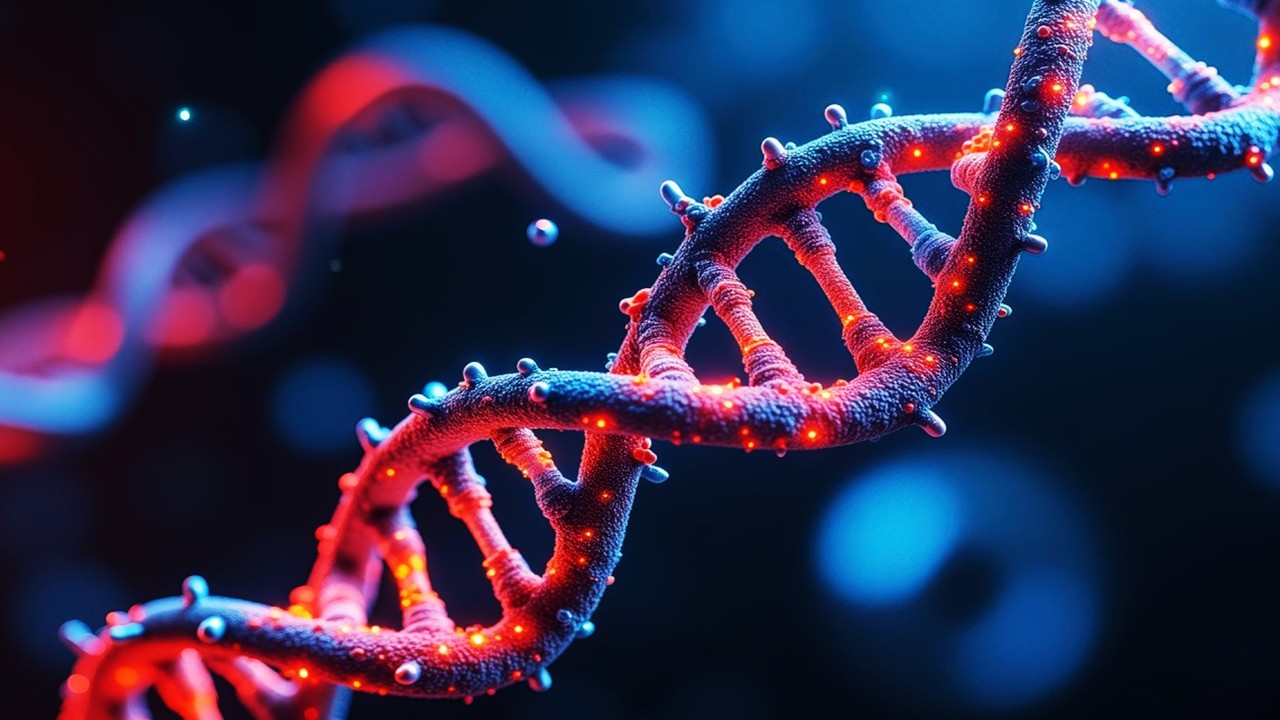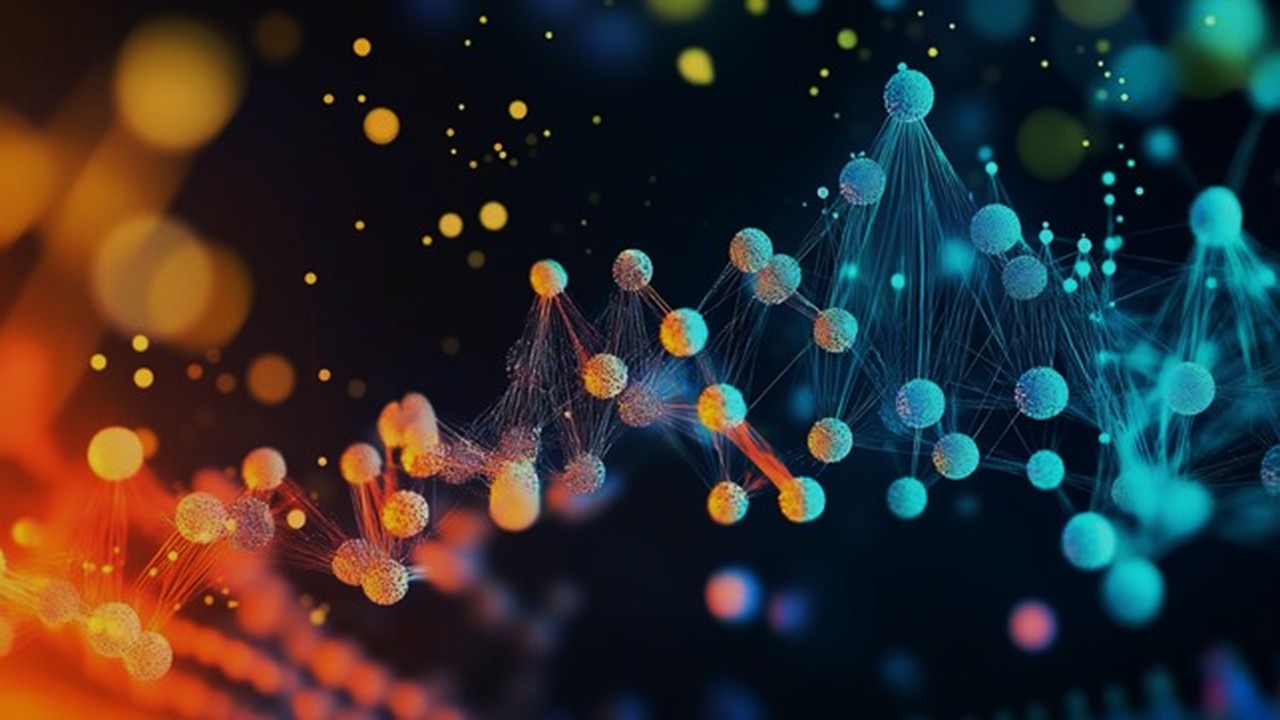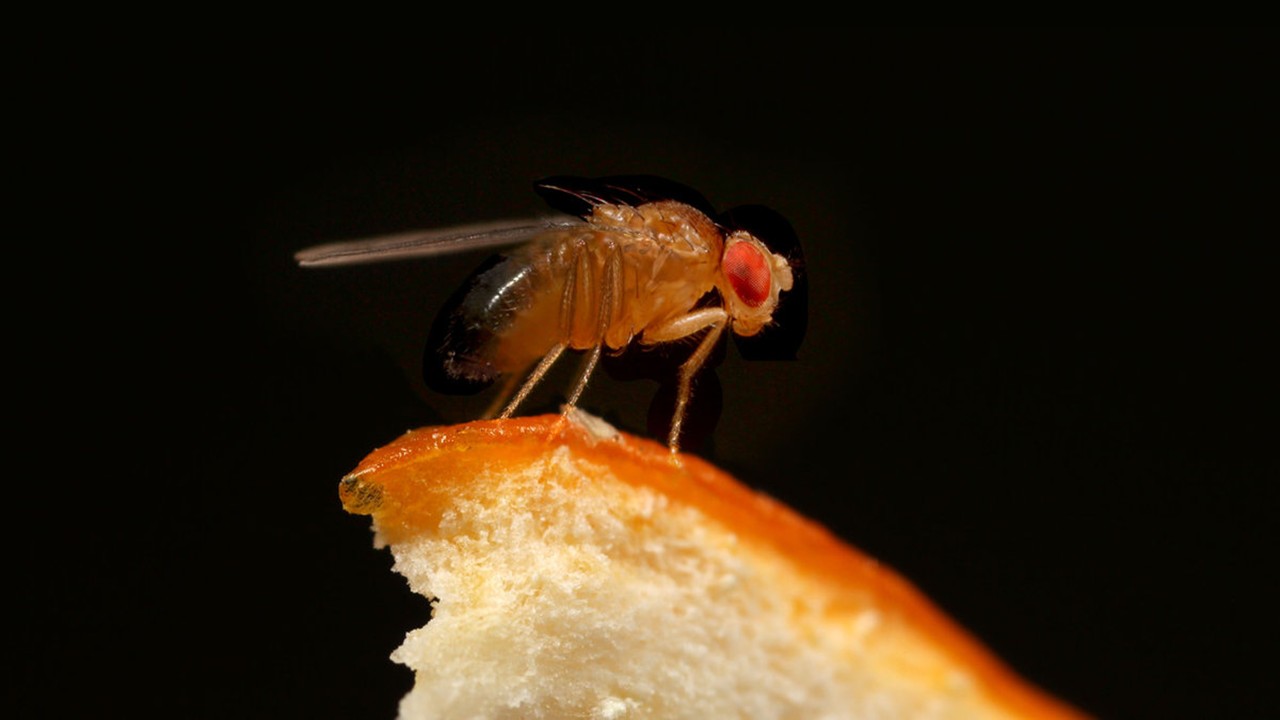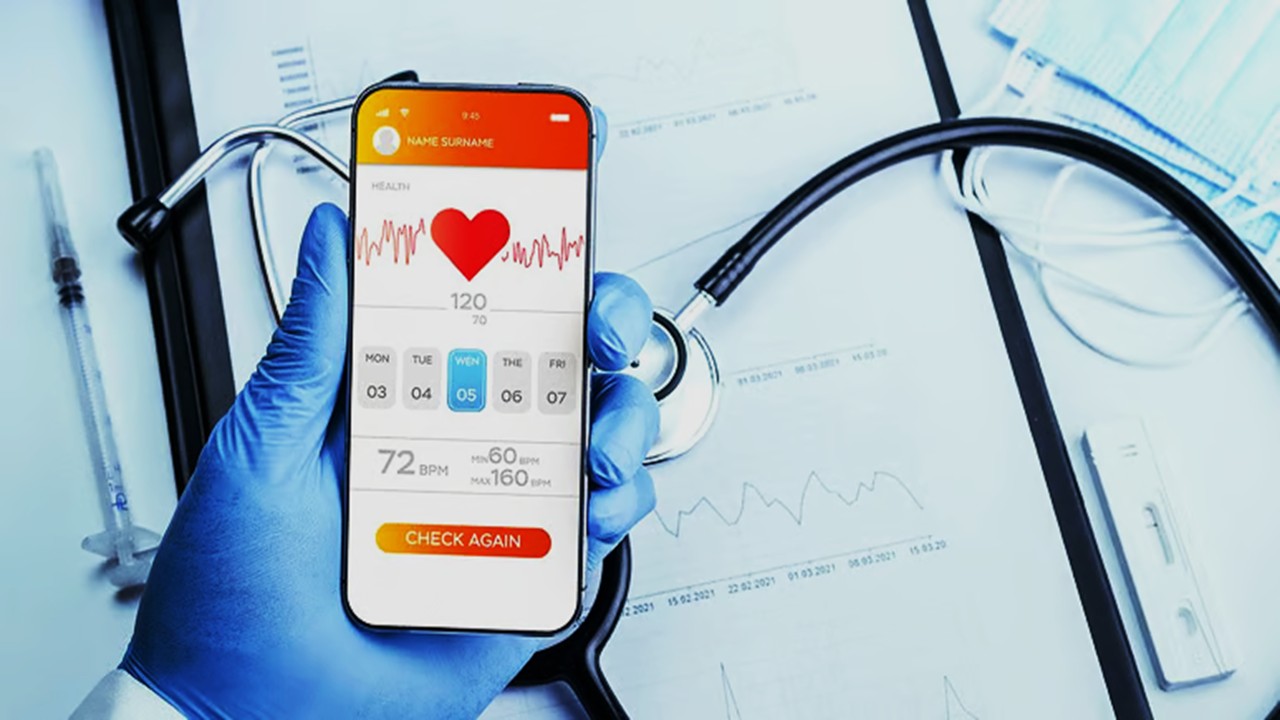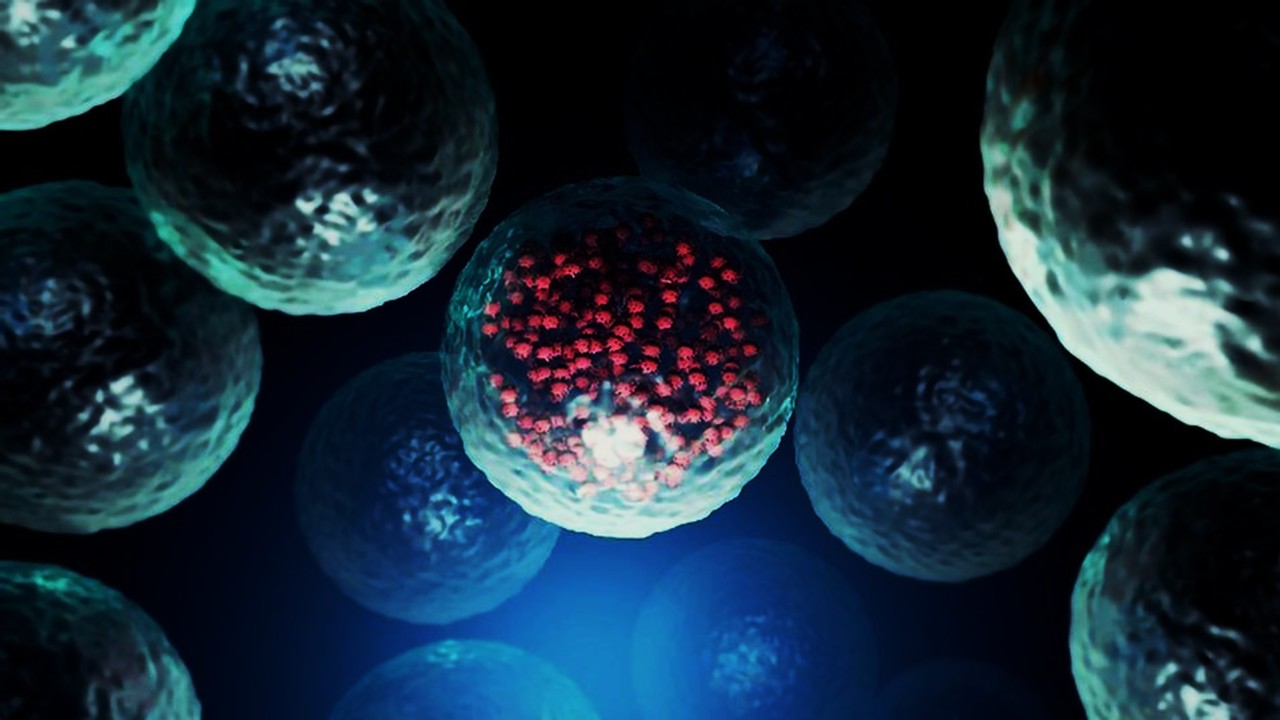The Environmental Toll of Traditional API Synthesis
The synthesis of active pharmaceutical ingredients (APIs) has long relied on chemical routes that prioritize efficiency over ecological consequences. Conventional methods, involving multi-step reactions and hazardous solvents, generate substantial waste streams, including toxic by-products and residual solvents. These compounds often infiltrate ecosystems, contaminating water supplies and soil. For instance, trace levels of APIs have been detected in groundwater and wastewater systems globally, with alarming concentrations reported in regions such as Lake Victoria, Uganda, underscoring their persistence as environmental pollutants.
Pharmaceutical manufacturers face mounting pressure to adopt greener practices. The reliance on petrochemical-derived intermediates exacerbates carbon footprints, while solvent use—accounting for a majority of industrial waste—poses risks to air quality and aquatic life. Regulatory bodies now emphasize waste minimization through process optimization, such as reducing reaction steps and selecting biodegradable solvents. Strategies like integrating contract manufacturing organizations (CMOs) early in development aim to streamline production, yet challenges persist in scaling these methods cost-effectively without compromising yield.
Emerging biorefinery models offer a paradigm shift by repurposing agricultural and forestry waste into API precursors. Lignocellulosic biomass, abundant in crop residues like wheat straw and sugarcane bagasse, serves as a renewable alternative to fossil fuels. However, pretreatment processes—such as acid hydrolysis or steam explosion—remain energy-intensive, highlighting the need for innovative enzymatic and microbial solutions to degrade recalcitrant plant structures sustainably.
Microbial Fermentation: Nature’s Answer to Chemical Complexity
Microbial fermentation harnesses bacteria, yeast, and fungi to convert biomass into high-value pharmaceuticals, circumventing traditional chemistry’s environmental drawbacks. Engineered strains of Escherichia coli and Saccharomyces cerevisiae are pivotal in producing compounds like insulin and growth hormones, leveraging their metabolic pathways to synthesize complex molecules. For example, recombinant E. coli strains efficiently convert glucose into shikimic acid, a precursor for the antiviral drug oseltamivir (Tamiflu), while avoiding the explosive intermediates of chemical synthesis.
The versatility of microbial systems extends to waste valorization. Olive pomace oil, a by-product of olive processing, has been repurposed as a carbon source for clavulanic acid production by Streptomyces clavuligerus, reducing reliance on costly glycerol. Similarly, dairy effluent and lignocellulosic hydrolyzates are being explored as substrates for succinic acid synthesis, a platform chemical for biodegradable plastics. These processes not only lower raw material costs but also align with circular economy principles by transforming waste into therapeutics.
Despite their promise, fermentation-based systems grapple with scalability issues. Low production rates and energy-intensive downstream purification—such as continuous stirring and solvent extraction—hinder industrial adoption. Advances in immobilized cell reactors and solid-state fermentation, however, are mitigating these bottlenecks. For instance, rotating fibrous matrices enhance fumaric acid yields from Rhizopus oryzae, showcasing the potential for modular, low-waste biomanufacturing.
Metabolic Engineering: Rewiring Microbes for Precision Drug Synthesis
Metabolic engineering has unlocked unprecedented control over microbial biosynthesis, enabling the tailored production of APIs. By editing genetic pathways, researchers redirect metabolic flux toward target compounds. The Dutch firm DSM, for example, engineered Penicillium strains to synthesize cephalexin antibiotics directly, bypassing traditional semi-synthetic routes. Such innovations reduce synthesis steps and improve atom economy, a cornerstone of green chemistry.
The advent of CRISPR-Cas9 and synthetic biology tools has accelerated strain development. Halomonas elongata, a halophilic bacterium, was genetically modified to overproduce ectoine—a cytoprotectant used in cosmetics—under high-salinity conditions, leveraging bacterial milking techniques for continuous harvest. Similarly, Aspergillus terreus strains optimized via genome shuffling achieve record itaconic acid titers, a building block for polyesters. These breakthroughs underscore the synergy between genetic precision and industrial applicability.
Challenges remain in balancing pathway efficiency with cellular viability. Overexpression of biosynthetic genes can stress microbes, necessitating dynamic regulation systems. Researchers at the National Renewable Energy Laboratory have pioneered optogenetic controls, using light to modulate enzyme activity in real time, ensuring optimal production without compromising growth. Such dynamic approaches are redefining metabolic engineering’s role in sustainable pharma.
Case Studies in Bio-Based API Production
Shikimic acid exemplifies the success of bio-based API synthesis. Traditionally extracted from star anise, its microbial production via engineered E. coli avoids seasonal and geopolitical supply constraints. By blocking competing pathways and supplementing media with methyl-α-D-glucopyranoside, yields surged to 35 g/L, meeting global demand for Tamiflu amid pandemics. This shift underscores biotechnology’s capacity to stabilize drug supply chains.
Succinic acid, once derived from maleic anhydride, is now produced via Actinobacillus succinogenes fermentation using lignocellulosic feedstocks. The result is a 40% reduction in greenhouse emissions compared to petrochemical methods. Companies like BioAmber have commercialized this process, producing biodegradable polymers for packaging and automotive applications, illustrating the crossover between pharma and green materials.
Erythritol, a zero-calorie sweetener, highlights the food-pharma nexus. Produced by Moniliella pollinis yeast fermentation, it avoids the gastric side effects of synthetic alternatives. Its incorporation into diabetic medications and sugar-free tablets demonstrates how biotechnology bridges consumer health and industrial sustainability.
Overcoming Biotechnological Hurdles in API Manufacturing
Biomass logistics present a formidable challenge. Harvesting, transporting, and pretreating lignocellulose require coordinated efforts across agriculture and industry. Torrefaction and slow pyrolysis are emerging as energy-efficient pretreatment methods, reducing biomass recalcitrance while generating biochar for carbon sequestration. Regional biorefineries, co-located with farms, minimize transport costs and foster rural economic development.
Downstream processing remains a critical bottleneck. Traditional separation techniques, such as chromatography and crystallization, are costly at scale. Membrane filtration and aqueous two-phase systems offer greener alternatives, reducing solvent use. For instance, hypoosmotic shock efficiently extracts ectoine from H. elongata, simplifying purification and cutting energy inputs by 30%.
Economic viability hinges on policy support and market alignment. Governments are incentivizing bio-based APIs through tax breaks and R&D grants, while pharmaceutical giants like Merck and Sanofi invest in pilot plants. Collaborative frameworks, such as public-private partnerships, are essential to de-risk scaling and attract investment in this nascent sector.
The Road Ahead: Integrating Biotechnology into Global Pharma
The future of API production lies in multi-product biorefineries that co-generate pharmaceuticals, biofuels, and materials. Integrated systems using lignin-derived aromatics for drug synthesis and residual biomass for energy could achieve carbon neutrality. Researchers at the DOE’s Agile BioFoundry are prototyping such systems, combining AI-driven pathway design with automated fermentation for rapid iteration.
Omics technologies—proteomics, metabolomics, and fluxomics—are poised to revolutionize strain development. By mapping cellular responses in real time, scientists can predict and optimize metabolic outcomes, accelerating the discovery of novel APIs. A 2023 study leveraging machine learning to predict enzyme-substrate interactions reduced development timelines for 3-hydroxypropionic acid production by six months.
Global collaboration is imperative. Initiatives like the Bio-Manufacturing Innovation Consortium aim to standardize bio-based production metrics, fostering knowledge exchange between academia and industry. As biomanufacturing matures, its integration into mainstream pharma promises a cleaner, more resilient future—one where medicines are brewed, not synthesized, in harmony with the planet.
Study DOI: https://doi.org/10.1080/21655979.2022.2031412
Engr. Dex Marco Tiu Guibelondo, B.Sc. Pharm, R.Ph., B.Sc. CpE
Editor-in-Chief, PharmaFEATURES
Subscribe
to get our
LATEST NEWS
Related Posts

Chemistry, Manufacturing & Controls
The Biomass Imperative: Nature’s Chemical Feedstock for a Post-Petroleum World
The transition from fossil to biomass feedstocks represents more than substitution—it’s a fundamental reimagining of chemical manufacturing’s first principles.
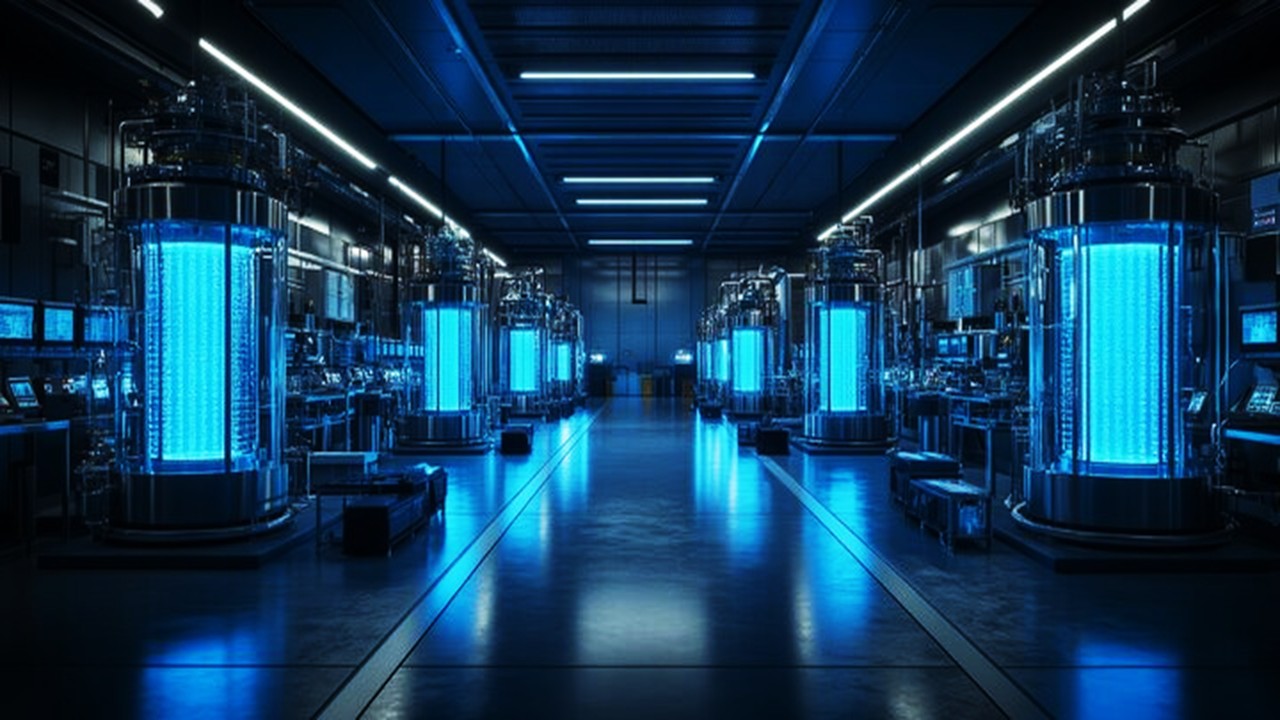
Chemistry, Manufacturing & Controls
Precision Engineering: The Science of Optimizing Bioreactor Conditions
Bioreactors serve as the cornerstone of modern bioprocessing, enabling the scalable production of therapeutics, biofuels, and engineered tissues.
Read More Articles
Pathogenic Targeting 5.0: The Rise of RNA Therapeutics and Peptide-Based Drugs in Modern Medicine
Unlike traditional small-molecule drugs, which interact with proteins, RNA therapies modulate gene expression directly, enabling interventions at the root of disease.
Algorithmic Trials: How Decision Theory is Reshaping Decentralized Clinical Research
Decision theory offers a robust mathematical framework to design trials that enhance efficiency, uphold ethical standards, and better reflect the complexities of real-world therapeutic contexts.


